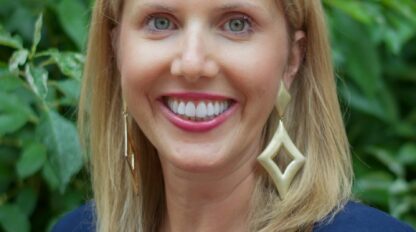Orthorexia And Social Media Use

What you see on social media isn’t always the whole truth. As social media communities have developed, one of the most popular has become the health and wellness community. Social media platforms like Instagram have become home to many men and women promoting their fitness lifestyles. From food shots to body transformations, health, wellness, and fitness has taken off on social media.
In 2015, Instagram “model” Essena O’Neil pierced the veil between “Instagram reality” and “real life” when she opened up about her mental breakdown and struggle with eating disorders. She was the first of many Instagram “celebrities” to open up about the lack of reality in their photos and their reality behind their photos. Around the same time, the eating disorder community began to acknowledge that orthorexia had become a growing problem.
Orthorexia was coined in 1997 by Doctor Steven Bratman. The National Eating Disorder Alliance defines Orthorexia “…as an obsession with ‘healthy or righteous eating’” which “often begins with someone’s simple and genuine desire to live a healthy lifestyle.” The obsession grows with eating foods that are superior in health benefits, staying away from “bad” “toxic” or “junk” foods. Eating healthy is a normal ambition. However with orthorexia, eating “clean” becomes a matter of restriction and control, to the point where it interferes with the ability to live a normal life. People living with orthorexia stop going out with others, going to social events, or taking any risk which might threaten their intense adherence to strict dietary regimens. Online, their efforts and physique are praised. Some people make careers out of their “clean eating” lifestyle. On the surface they seem to be the peak of health and wellness. Offline, they suffer tremendously.
U.S. News & World Report cites that a 2017 study published in Eating and Weight Disorders “found that a whopping 49 percent of people who followed health food accounts on Instagram had orthorexia.” Orthorexia isn’t yet an “official” eating disorder, though it is recognized widely as an issue which needs to be treated. In our next article, we will discuss the signs of orthorexia and some more of the dangers.
Eating disorders and body image issues can be detrimental. Planning a course of treatment for eating disorders is a long journey. Intent Clinical specializes in planning eating disorder care, from treatment placement to therapeutic recovery companions. We understand the need for community support and ongoing accountability in eating disorder recovery. Call us today for information on our concierge services: 617.910.3940

